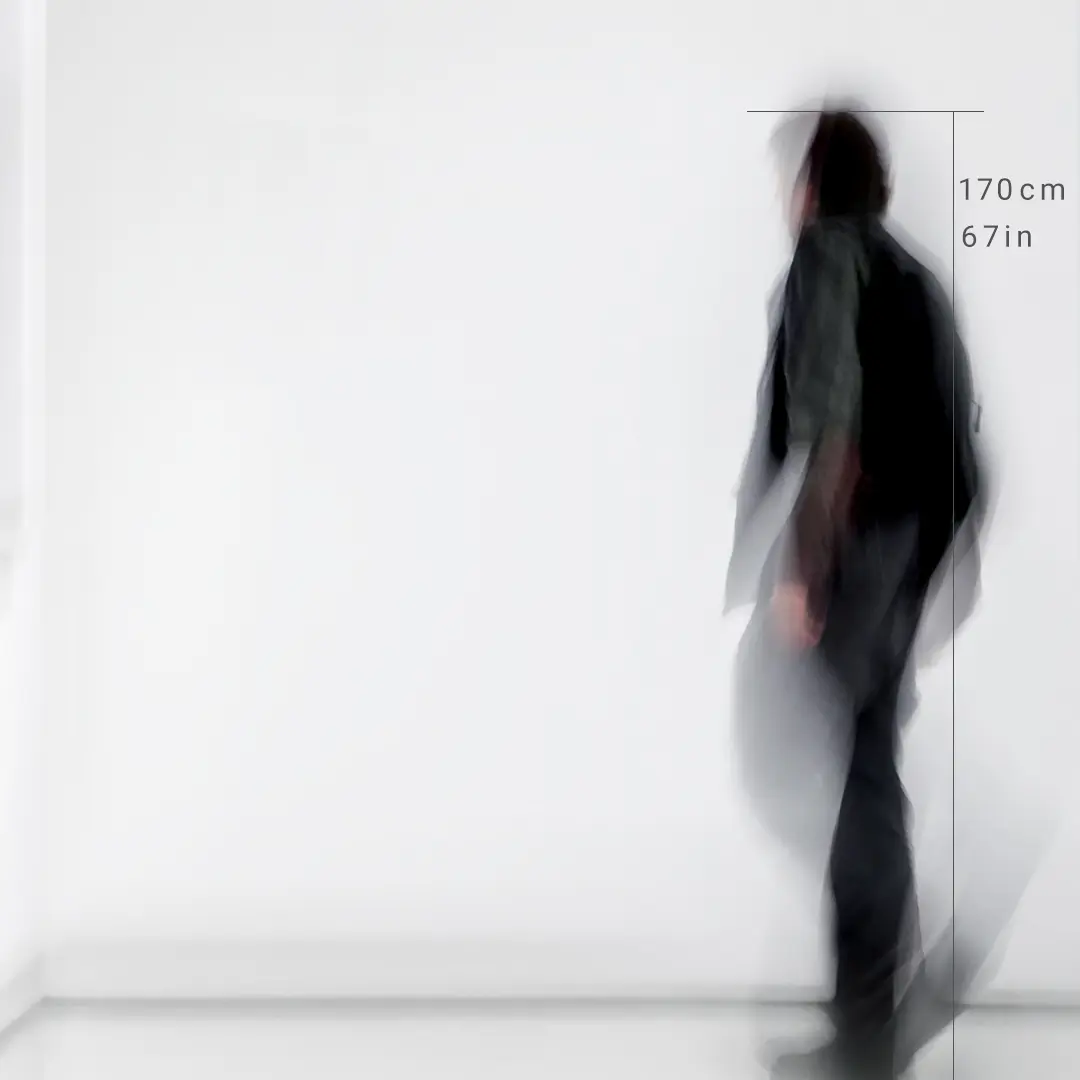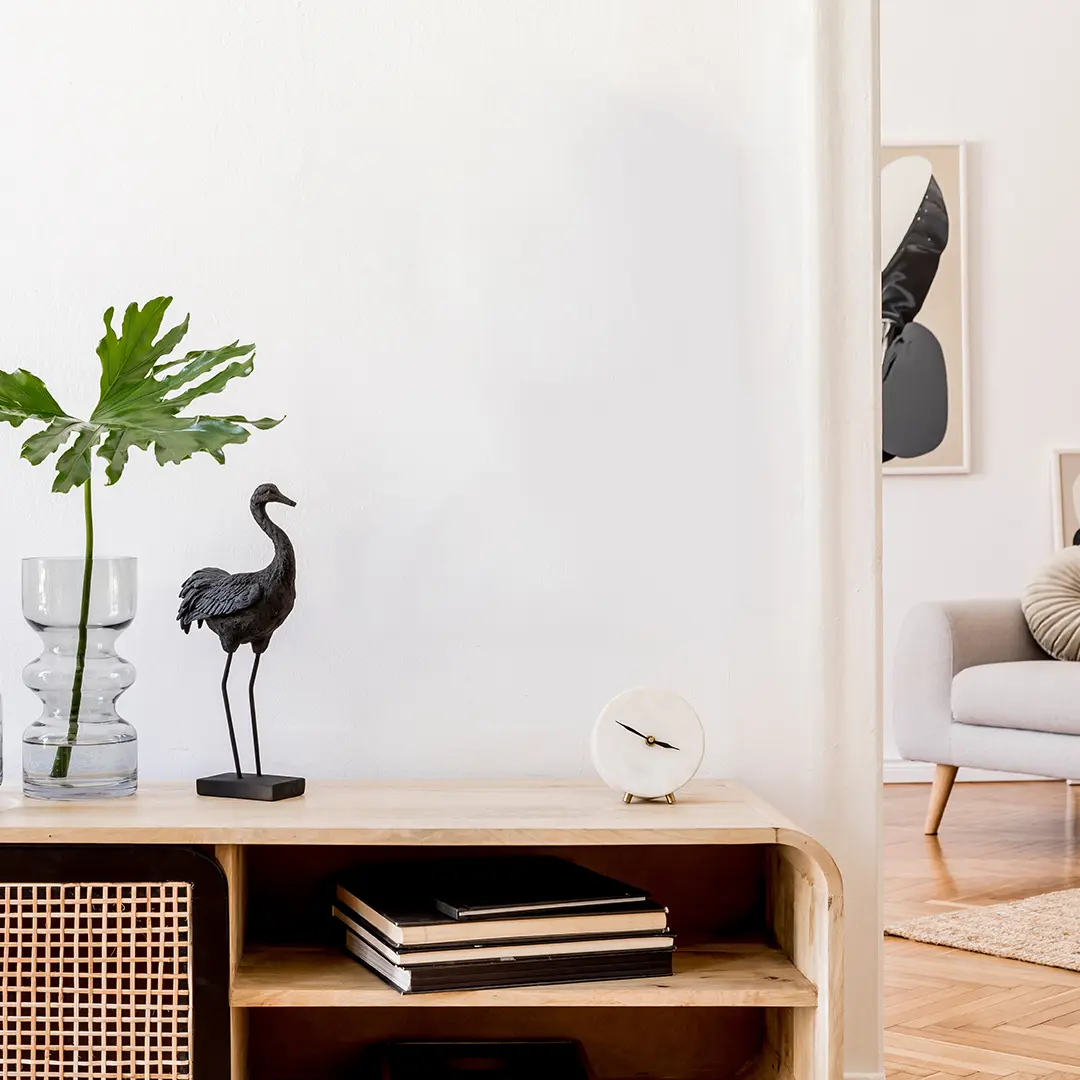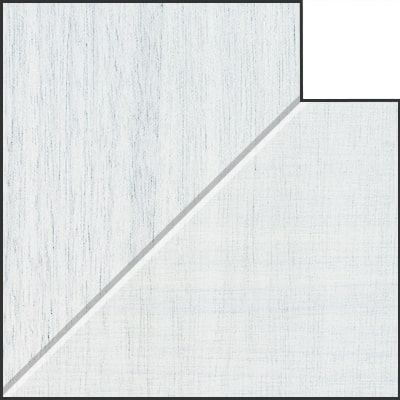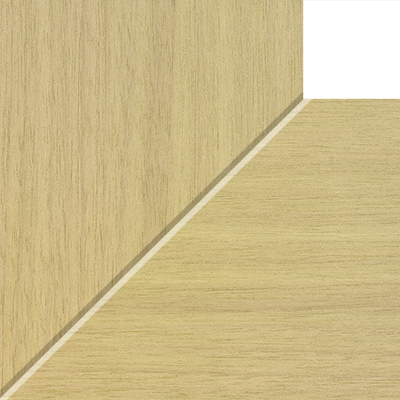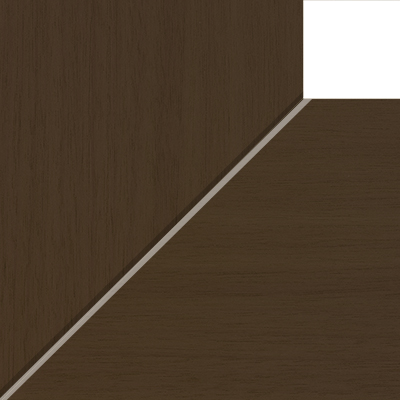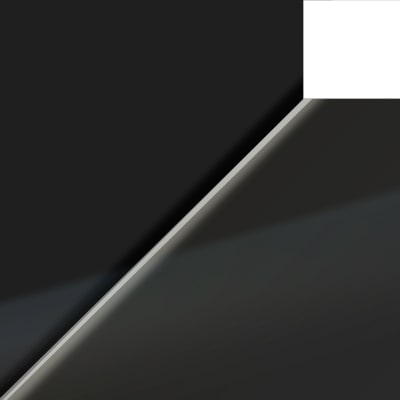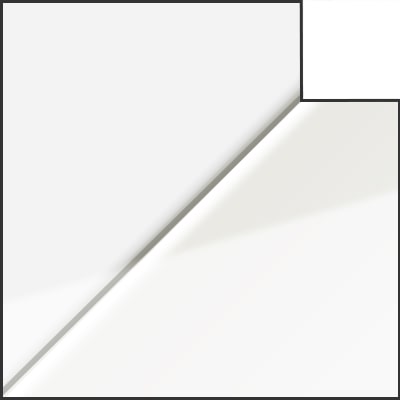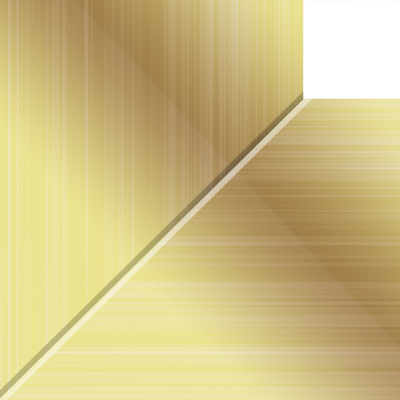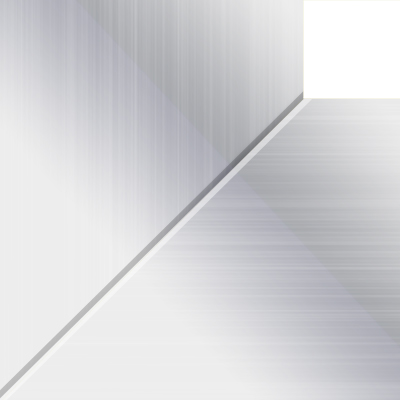Genius Loci de Paris"... There is a term "Genius Loci," which means "the atmosphere of the land" or "the spirit of the land. This new image overlaps Atget's 1924 photograph with a photograph taken in 2017. The Rue de Seine is located in the 6th arrondissement on the left bank of Paris. Atget/Adjé photographed the building at the corner of Rue de Seine and Rue des Echodets several times, and the work from this angle was taken in 1924. The posters on the wall in front of the building are peeling off, and a truck is visible at the end of the street, which is unusual for an Atget/Ager photograph. It was the 1920s, a time of transition from horse-drawn carriages to automobiles. I photographed here at around 8:30 p.m., when it was barely dark in Paris in May. ◆Support (backing), materials (colorants, etc.), techniques, etc. The support (backing) is a low-gloss paper specially designed for photographic inkjet printing. The output is printed with a printer that uses 10 pigment inks (Giclee printing). (In this work, Ager's images include posters on a peeling building and car trucks, which were still rare at that time. My photographs, on the other hand, show a car running with its headlights on at almost dusk, the light reflecting off the road surface, and interior light leaking in through the window. The past and the present are mixed in the same picture, creating an image that transcends time and space. On the back of the prints of the street corner photographs taken by Atget, the address of the location where the photograph was taken is written. Fortunately, many of the street addresses still remain, and the street scenes often remain to some extent as they were in those days. However, the atmosphere there is quite different, and one is forced to wonder what Atget felt there. Many of his street corner photographs are taken with a large-format camera that uses a glass dry plate to correct the perspective of the buildings. The use of this function corrects the way the tops of buildings appear narrower than they are. Since the cameras we are currently using do not have a "blurring" function, the images I take are corrected on a computer to bring them closer to the images of the azure buildings. After overlaying the images of Eugene Atget and myself, I then create a composite image by emphasizing the symbolic elements that remain in the two images. Eugene Atget (1857 - 1927) was a French photographer. Born in Bordeaux in 1857, he moved to Paris in 1878 and entered a theater school, but dropped out due to military service. In 1890, he returned to Paris to sell his "documentaries for artists. He restarted his life as a photographer. His systematic photographs of the old Paris streets were purchased not only by painters but also by the Bibliothèque de Paris and the Musée Carnavalet. After his death, Man Ray's assistant, Berenice Abbott, collected his works and later sold them to the Museum of Modern Art in New York in 1968. His work became widely known to the public.














